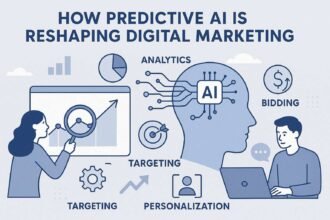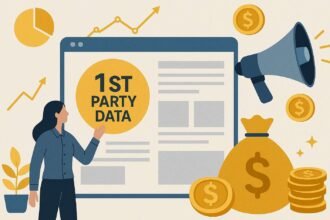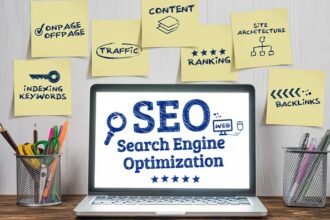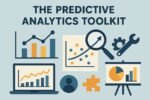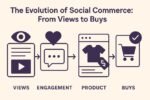For a long time, marketers have looked back to see how well they did. We only figure out ROI after the campaign is over and the data is in. This method works, but it’s like driving while only looking in the rearview mirror—you can see where you’ve been but not where you’re going.
Predictive ROI is the way to go for the future of digital marketing. Predictive ROI helps you plan for the future, improve campaigns in real time, and make better investment choices before you spend a dime.
What is Predictive ROI and Why Is It Important?
Predictive ROI is the ability to use data, algorithms, and statistical models to guess how well your marketing will do in the future. Predictive ROI is different from traditional ROI because it doesn’t just look at what has happened in the past.
Why It Changes the Game
- Be proactive, not reactive: Change campaigns on the fly instead of waiting for them to fail.
- Marketing goes from being a cost center to a growth engine: Making it an investment that directly affects results.
- A strategy that will work in the future: In today’s highly competitive world, being able to predict how customers will act is essential for survival.
What Traditional ROI Can’t Do
Let’s first look at what conventional ROI doesn’t do well:
| Weakness | What It Means and Why It’s a Problem |
|---|---|
| Reactive and Historical | Tells you what happens after the campaign is over. It’s too late to save campaigns that aren’t doing well. |
| High-Level View | Combines all results into one number. Hides how well or poorly certain parts are doing. |
| Focus on the Short Term | Ignores long-term metrics like CLV. Doesn’t see how valuable loyal customers are. |
The Parts of Predictive ROI
Building a house is like predicting ROI: you need a strong base first:
- Data that is high-quality and unified:
No more separate data sets for CRM, analytics, ads, and email. A Customer Data Platform (CDP) puts everything into one view of the customer. - Cleaning and combining data:
There is no room for negotiation when it comes to clean, standardized, and de-duplicated data. Seamless integration makes sure that predictions lead to actions in real time, like sending an email to get someone to come back. - Clear Marketing Goals and Key Performance Indicators:
The goals behind predictive models are what make them useful. For example:- Lower the Cost per Acquisition (CPA)
- Raise the value of a customer over time (CLV)
- Increase retention or conversion rates
Important Predictive ROI Metrics
Predictive models look at more than just costs and revenues. These are the most important metrics:
- Customer Lifetime Value (CLV): The amount of money you expect to make from each customer over time.
- Churn Rate: Find customers who are likely to leave before they do.
- Lead Scoring: Rank leads by how likely they are to convert. This saves sales teams time.
- Channel-Specific CAC: Find out which platforms will give you the best acquisition costs in the future.
How to Make a Model for Predicting ROI
The process may sound complicated, but modern tools make it easy for marketers of all levels:
- Aggregate and Prepare Data: Bring together all of your data sources into one place, like a CDP or data warehouse.
- Choose the Target Variable: Choose what you want to predict, like churn, conversion, or the next purchase.
- Engineer Features: Make new variables, like how recent, how often, and how engaged people are.
- Select and Train Models: Pick regression, random forest, or gradient boosting based on how hard they are.
- Deploy and Integrate: Automate insights into your marketing stack, which includes ads, CRM, and email.
Using Predictive ROI in the Real World
This is how predictive ROI changes marketing in real life:
- Dynamic Budget Allocation: Move money to the campaigns that are doing the best right now.
- Predictive Personalization: Suggest the next item a customer is most likely to buy.
- Content Strategy Forecasting: Find topics that will be popular in the future and get people talking about them.
- Optimized Timing: Send emails or push notifications at the exact time that each customer is most likely to read them.
Making Predictive Analytics Available to Everyone
Predictive analytics used to be only for businesses with data science teams, but now anyone can use it. Marketers can build predictive frameworks without having to know a lot about technology thanks to AI-powered tools and no-code platforms. That means that agility is no longer limited by how much money you have, but by how good your data is and how well you plan.
Stop Looking Back
There is still a place for traditional ROI, but it is not enough anymore. Predictive ROI gives marketers the power to shape the future, not just look back at the past.
The way to go is clear:
- Put money into clean, unified data.
- Use predictive models that are in line with your goals.
- Get insights automatically so you can act right away.
Companies with the biggest budgets won’t win in the next ten years. Instead, those with the smartest, most predictive data strategies will.
Now is the time to find out your predictive ROI and make every campaign a growth engine that looks ahead.




